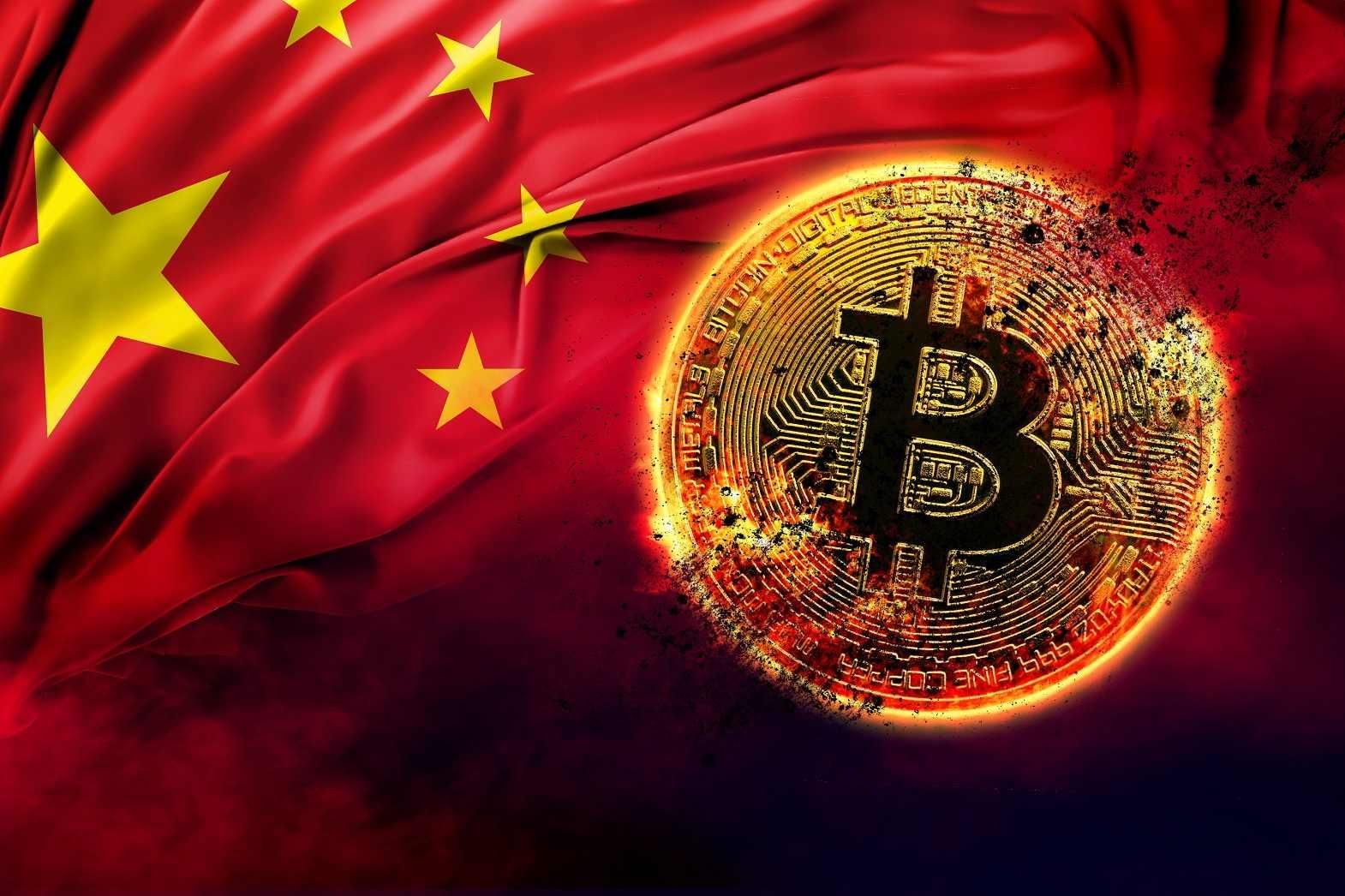Stagflation has become a buzzword in China. Just a few years ago, people were still convinced that the term, used to describe an economy with slow or even negative growth and rising inflation, would never apply to China. But since last year, an increasing number of economists and scholars have come to believe that stagflation has or will soon hit the world's second largest economy.
Strictly speaking, China has not run into stagflation yet.
An economy with a growth rate of more than 9 percent and an inflation rate of about 6 percent can by no means be described as "stagnant cum inflationary". (High unemployment rate is another sign of stagflation. But it is not examined in this article because China's official figure fails to include its big agricultural population and a huge number of migrant workers). However, it is not to say China has stayed away from the risk of stagflation. In fact, its economy has seen a strong tendency to head that way, saying goodbye to the days when inflation was contained rather well amid high economic growth.
As a whole, China succeeded in checking consumer prices in the past decade. Gross domestic product grew at an average annual rate of 10.5 percent from 2001 to 2010, but consumer prices climbed an average of only 2.2 percent every year during the same period. Compared with that, economic growth slowed down to 9.1 percent in the third quarter of this year, while the consumer price index, the widely used gauge of inflation, rose more than 6 percent during the period. This somewhat showed that China is going to embrace slower growth and higher inflation.
If the statistics of the third quarter are not convincing enough, what the Chinese economy has experienced in the past few years highlights the tendency of stagflation.
Since 2008, China has relied mostly on monetary and fiscal policies to steer its economy. At times of difficulties, it loosened credit controls and rolled out stimulus measures to spur economic growth, resulting in excessive liquidity and mounting debts. Then, it resorted to monetary tightening policies to check inflation, a move that at the same time dragged down economic growth.
China emphasized on the third industry in the past few years, with the financial and property industries being the top priority. In a short-sighted policy that pursues immediate economic growth, these two industries saw stellar growth that did help polish the economic data of China, but that also resulted in skyrocketing asset prices, adding pressure to inflation. What was worse is that the unchecked growth of equity and real estate markets caused the country to invest less, in relative terms, on agriculture, causing the cost of farming to jump. That explains why food prices, which account for about one-third of the consumer price index, stayed high these days.
During the period, China also did not allocate enough resources to renovate and upgrade its second industries. Therefore, when the government tightened its grip on financial and real estate industries, the economy suddenly lost its engines and had to slow down.
Apart from - the imbalance of industries, the unswerving trend of China's diminishing labor advantage makes stagflation more likely. China's labor population will peak in a few years, forcing the world's major manufacturing powerhouse to break away from the good days when cheap labor can easily spur economic growth.
On the one hand, the country needs years to adapt to a new growth model that relies less on cheap labor. (During the transition, the economy will slow down before it finds new engines) on the other hand, increases in wages will become a must as labor shortage will turn severe in the years to come. That will definitely add to overall production and service costs, fueling inflation.
Originally Published in The Stitch Times, December-2011








Comments